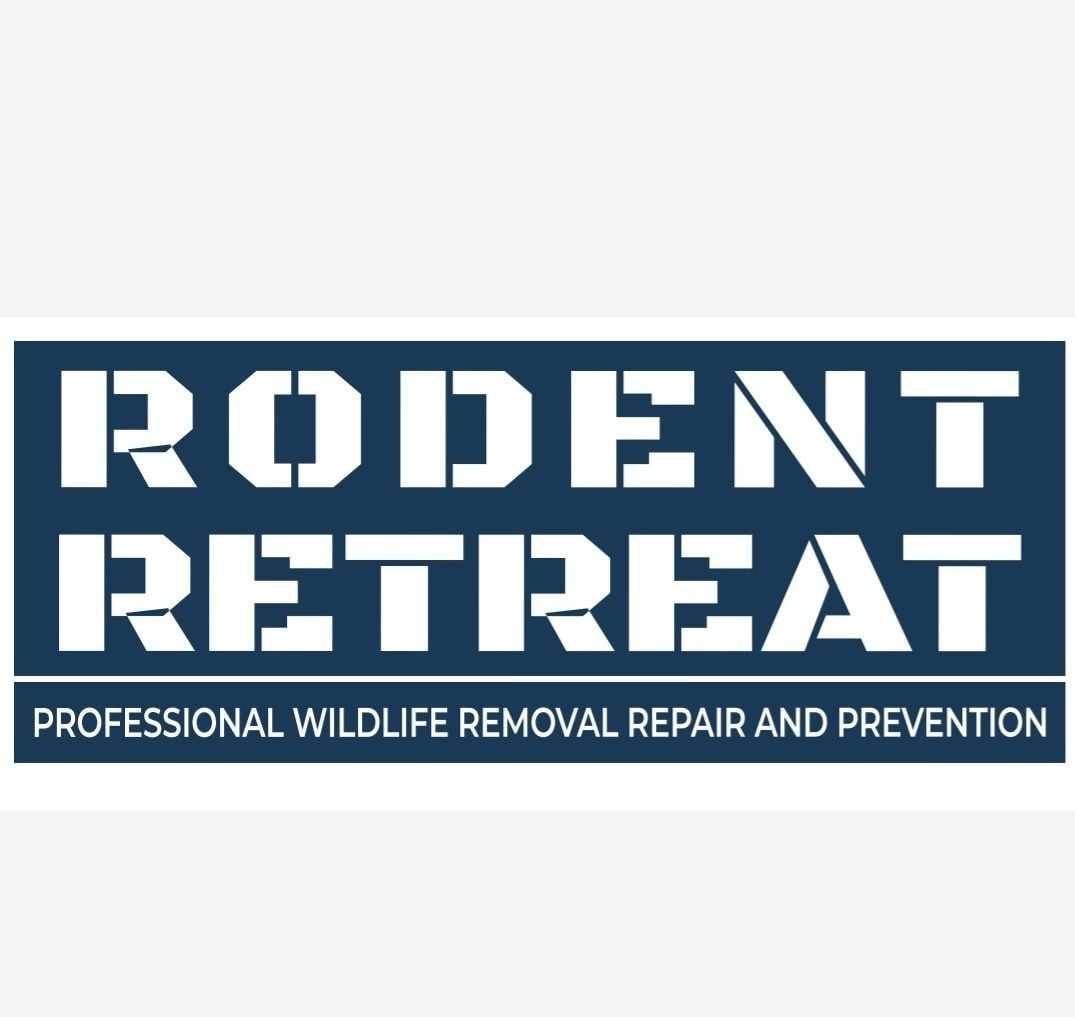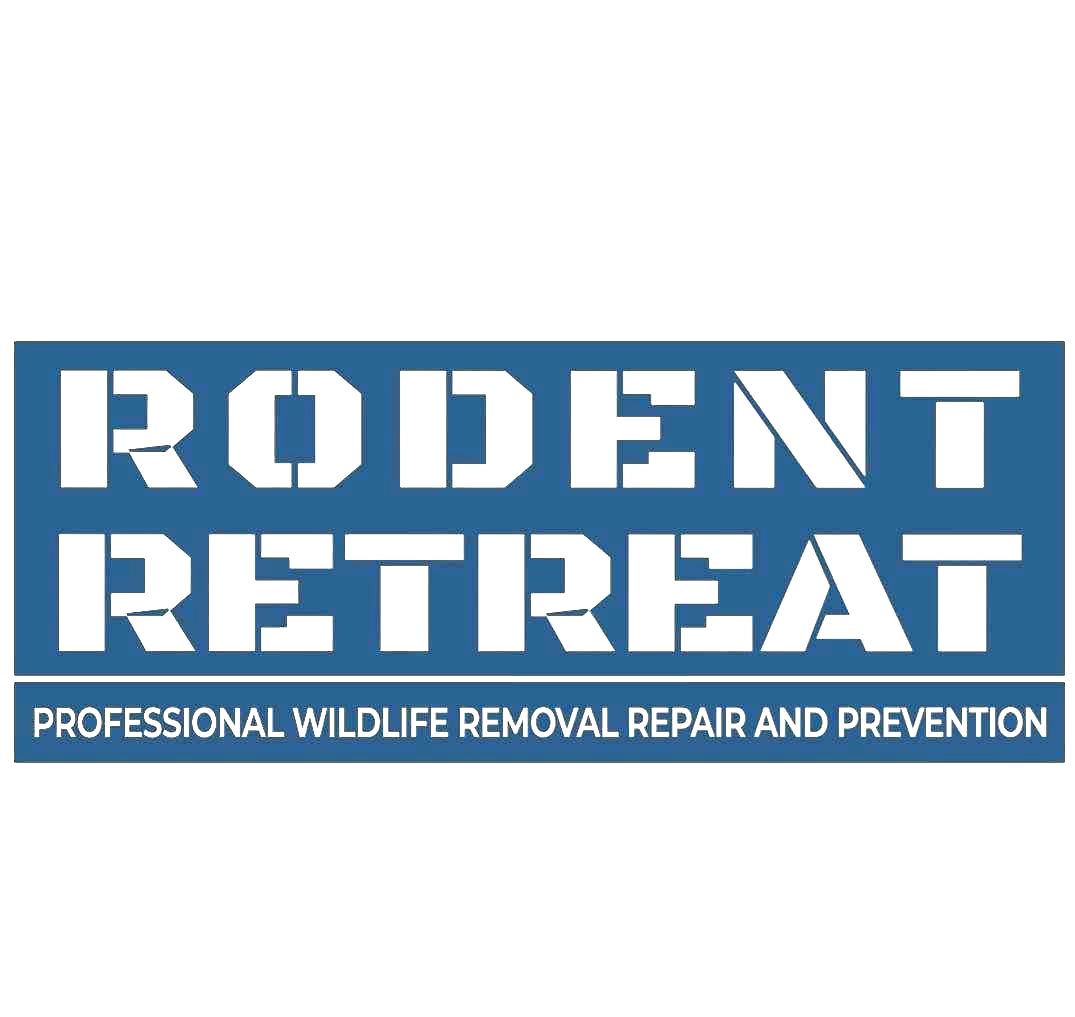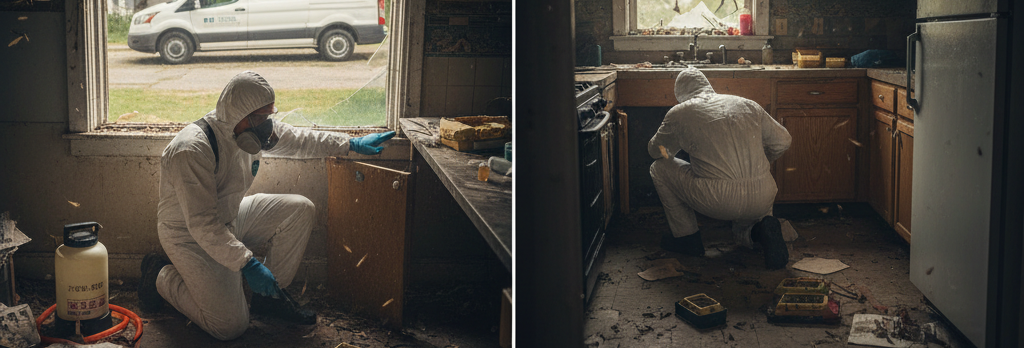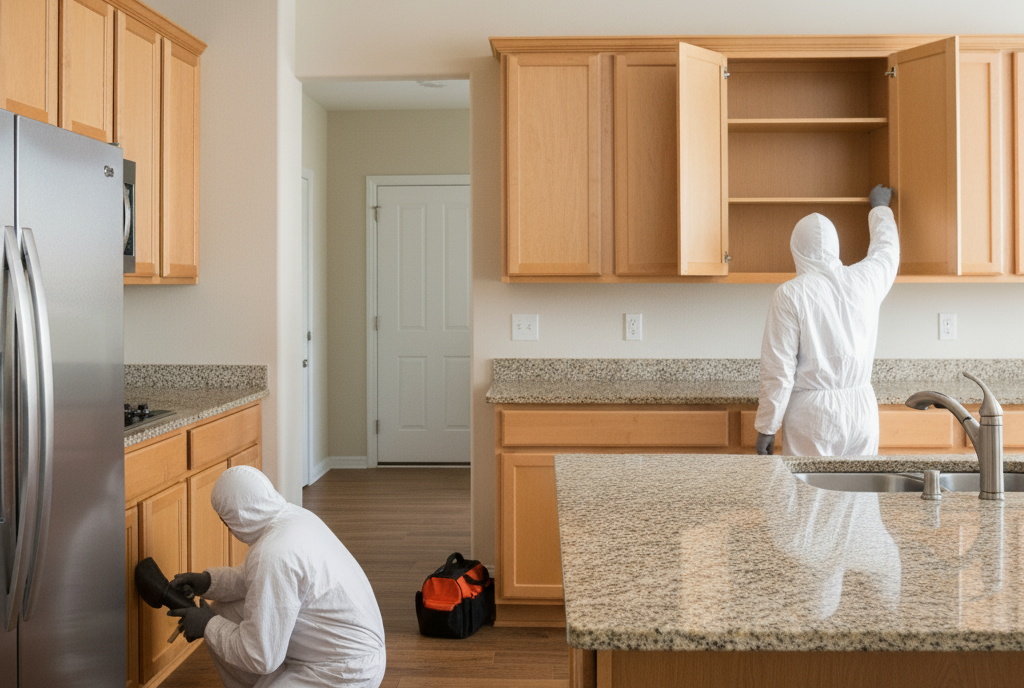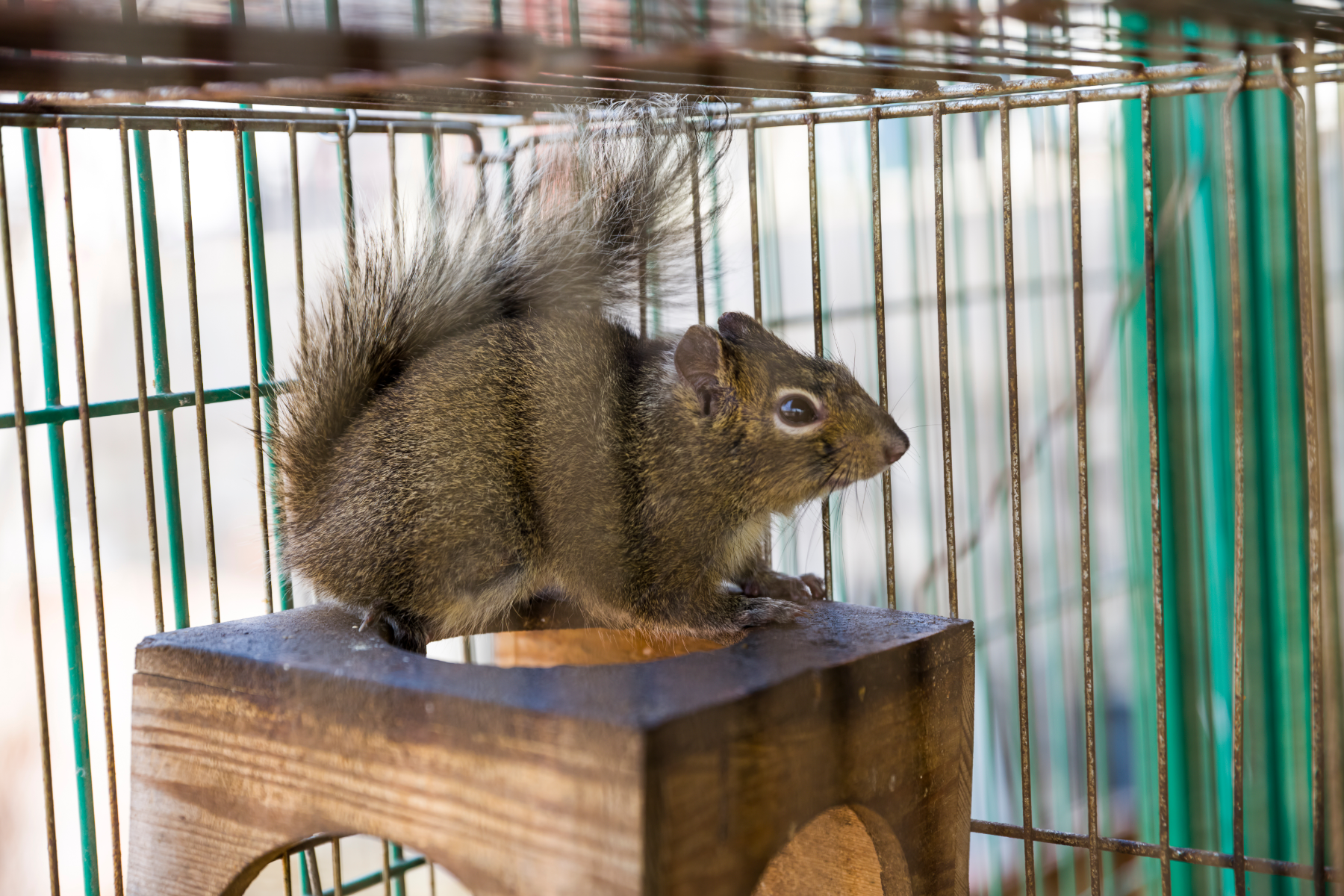
Texas, with its diverse landscapes and warm climate, is home to a wide array of wildlife. While this biodiversity is one of the state's defining features, it can also pose challenges, especially when it comes to pests infiltrating homes and businesses. Among the various pests that can cause havoc, rodents stand out as particularly troublesome. In this blog post, we will delve into the world of rodent removal Texas area, exploring the common types of rodents, the risks they pose, and effective pest control methods to safeguard your property.
The Texas Rodent Landscape
Texas hosts several rodent species that can become unwelcome guests in your home or workplace. The most common culprits include house mice, Norway rats, roof rats, and squirrels. These rodents are attracted to the warmth and shelter provided by structures, making homes and commercial buildings prime targets for infestations.
- House Mice: These small rodents are highly adaptable and can thrive in various environments. They are notorious for their rapid reproduction rates, making a small mouse problem escalate into a major infestation in no time.
- Norway Rats: Also known as brown rats, Norway rats are burrowers that often seek refuge in basements and crawl spaces. They are larger than house mice and can carry diseases that pose risks to humans.
- Roof Rats: Agile climbers, and roof rats are aptly named for their tendency to nest in elevated areas like attics, roofs, and trees. They are known carriers of diseases and can cause significant property damage.
- Squirrels: While often considered cute, squirrels can wreak havoc when they find their way into homes. They are expert chewers, causing damage to electrical wires and insulation, and may even pose a fire hazard.
The Risks of Rodent Infestations
Beyond the immediate annoyance of having rodents scurrying around, these pests pose numerous risks to both property and human health.
- Structural Damage: Rodents have strong teeth that continue to grow throughout their lives, leading them to chew on various materials to keep them in check. This chewing behavior can result in structural damage, damaged wiring, and compromised insulation.
- Disease Transmission: Rodents carry various diseases, including Hantavirus, Salmonellosis, and Leptospirosis. Their droppings, urine, and saliva can contaminate surfaces, food, and air, posing significant health risks to humans.
- Fire Hazards: Rodents, particularly squirrels, are known for their gnawing habits on electrical wires. This behavior can lead to exposed wiring and potential fire hazards, putting both property and lives at risk.
- Reproduction Rates: The rapid reproduction rates of rodents mean that a small infestation can quickly spiral out of control, making early detection and intervention crucial.
Effective Rodent Removal Strategies
Given the potential risks associated with rodent infestations, it's imperative to implement effective pest control strategies. Here are some tried-and-true methods for rodent removal in Texas:
- Seal Entry Points:
- Conduct a thorough inspection of your property to identify and seal potential entry points for rodents. Common entry points include gaps in doors, windows, and foundations.
- Use caulk, steel wool, or other materials to seal gaps and cracks. Ensure that doors and windows close tightly, and install door sweeps as needed.
- Proper Waste Management:
- Dispose of garbage regularly and use secure trash bins to prevent rodents from accessing food sources.
- Keep outdoor areas clean and well-maintained to reduce the availability of hiding spots for rodents.
- Trim Vegetation:
- Trim trees, shrubs, and branches that provide easy access to your roof or attic. Rodents, especially roof rats and squirrels, often use overhanging branches to gain entry.
- Use Rodent-Proof Containers:
- Store food items in airtight containers to prevent rodents from contaminating them. This is especially important in areas like kitchens and pantries.
- Consider using rodent-proof containers for pet food, birdseed, and other items that may attract rodents.
- Maintain Cleanliness:
- Regularly clean and declutter your home or business, eliminating potential nesting sites and hiding spots for rodents.
- Vacuum and sweep regularly to remove crumbs and food debris that might attract rodents.
- Employ Traps:
- Traditional snap traps and glue traps can be effective in capturing and eliminating rodents. Place these traps in areas where rodents are likely to travel, such as along walls and in secluded corners.
- Check traps regularly and dispose of captured rodents promptly to prevent odors and further contamination.
- Professional Pest Control Services:
- In cases of severe infestations or when DIY methods prove insufficient, it's advisable to seek the expertise of professional pest control services.
- Experienced pest control professionals can conduct thorough inspections, identify the extent of the infestation, and implement targeted strategies to eliminate rodents from your property.
Frequently Asked Questions
- What is the best method of rodent control?
The most effective and safest ways to address rodent issues are through exclusion and sanitation. Seal off any rodent entrances to your home, remove debris from your yard and make pet food inaccessible to rodents. Traps can also be effective in removing rodent pests. - What smell do rodents hate?
Eucalyptus. Eucalyptus essential oil is ideal for driving away mice and other pests since they find the smell overwhelming. Add some of the oil to cotton balls, use a diffuser, or create a spray to target the vulnerable areas of your home. - What kills rodents fast?
Electronic rat traps are considered the most modern and effective traps for rodents. These traps lure rodents with food and baits them onto a metal plate inside that immediately electrocutes them. It is the most humane approach in comparison to snap traps and poisonous traps – the rat's death is nearly instant.
Conclusion
Rodent removal Texas area requires a proactive and multifaceted approach to ensure the long-term protection of homes and businesses. By understanding the common rodents in the region, recognizing the risks they pose, and implementing effective pest control strategies, property owners can create an inhospitable environment for these unwanted guests. Whether through sealing entry points, maintaining cleanliness, or enlisting the help of professionals, safeguarding your property from rodent infestations is a crucial step in ensuring the health and well-being of both residents and structures in the Lone Star State.
